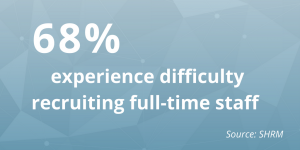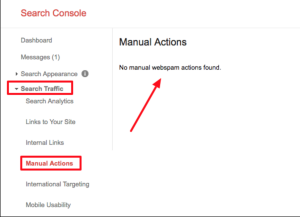Companies and employees are at a critical crossroad. For the last year, employees have operated in crisis mode as a result of the pandemic. Despite many employees demonstrating admirable flexibility and creativity amidst rapidly changing requirements, employee engagement has suffered, and employee commitment is not expected to last. In fact, employers may soon see a turnover “tsunami”—a mass exodus of employees quitting their jobs after the pandemic ends.
It’s clear that today’s employees expect more from their companies and their jobs. They want more opportunities to balance work and personal lives, work in organizations that see and value them, and recognize their contributions. Thankfully, numerous studies reinforce the positive impact employee recognition programs have on employees, companies, and customers. It has even been found that when senior leaders are actively involved in employee recognition, companies are nine times more likely to have strong business results. Investing in employee recognition means that everybody wins.
Before digging in to define your recognition strategy, considering how to frame the plan for senior management will go a long way to secure buy-in and ensure adoption across the organization. Here are 5 stats to help get you started on building your business case:
- A survey found that 69% of employees said recognition and rewards would motivate them to stay with their company.
This finding came in ahead of more time off at 57% and the ability to work remotely at 55%. - Employees say the most powerful recognition comes from their direct manager (28%).
This is followed by a high-level leader (24%), the manager’s manager (12%), a customer (10%), and peers (9%). - Positive peer feedback can enhance employee performance up to 14%.
The same Gartner research shows that organizations that also ensure feedback is ongoing, not episodic, can drive performance by 12%. - Frequent recognition boosts retention – 63% of employees who were always or usually recognized said they are very unlikely to job hunt in the next 3–6 months.
Companies can save millions in hiring and training costs by instilling a sense of purpose in their workplace, which ultimately helps to retain top talent. - Disengaged employees in the U.S. alone already cost organizations $ 450 to $ 550 billion a year.
Gallup estimates the figure is the combined cost of lost productivity, increased likelihood of workplace theft, negative influences on coworkers, missed workdays, and unsatisfactory customer interactions.
Ready to make your case? Download The Case for Employee Recognition: Build Your Case for an Employee Recognition Strategy to start planning your next move and realize the ROI of employee recognition today.
Business & Finance Articles on Business 2 Community
(22)







